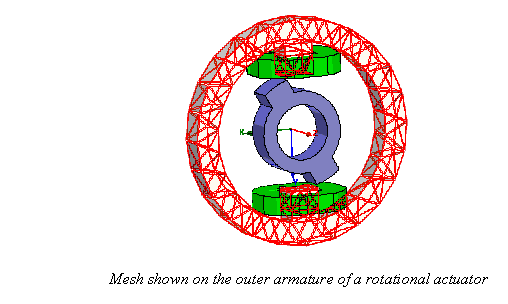Finite Element Analysis
Finite element analysis (FEA) is a very sophisticated tool widely used by engineers, scientists, and researchers to solve engineering problems arising from various physical fields such as electromagnetic, thermal, structural, fluid flow, acoustic, and others. Currently, the finite element method is clearly the dominant numerical analysis method for the simulation of physical field distributions, with success not paralleled by any other numerical technique. In essence, the finite element method finds the solution to any engineering problem that can be described by a finite set of spatial partial derivative equations with appropriate boundary and initial conditions. It is used to solve problems for an wide variety of static, steady-state, and transient engineering applications from diverse markets such as automotive, aerospace, nuclear, biomedical, etc.
The finite element method has a solid theoretical foundation. It is based on mathematical theorems that guarantee an asymptotic increase of the accuracy of the field calculation toward the exact solution as the size of the finite elements used in the solution process decreases. For time domain solutions the spatial discretization of the problem must be refined in a manner coordinated with the timesteps of the calculation according to estimated time constants of the solution (such as magnetic diffusion time constant).
Maxwell solves the electromagnetic field problems by solving Maxwell's equations in a finite region of space with appropriate boundary conditions and – when necessary – with user-specified initial conditions in order to obtain a solution with guaranteed uniqueness. In order to obtain the set of algebraic equations to be solved, the geometry of the problem is discretized automatically into tetrahedral elements. All the model solids are meshed automatically by the mesher. The assembly of all tetrahedra is referred to as the finite element mesh of the model or the mesh. Inside each tetrahedron, the unknowns characteristic for the field being calculated are represented as polynomials of second order. Thus, in regions with rapid spatial field variation, the mesh density needs to be increased for good solution accuracy (see also adaptive mesh refinement).

